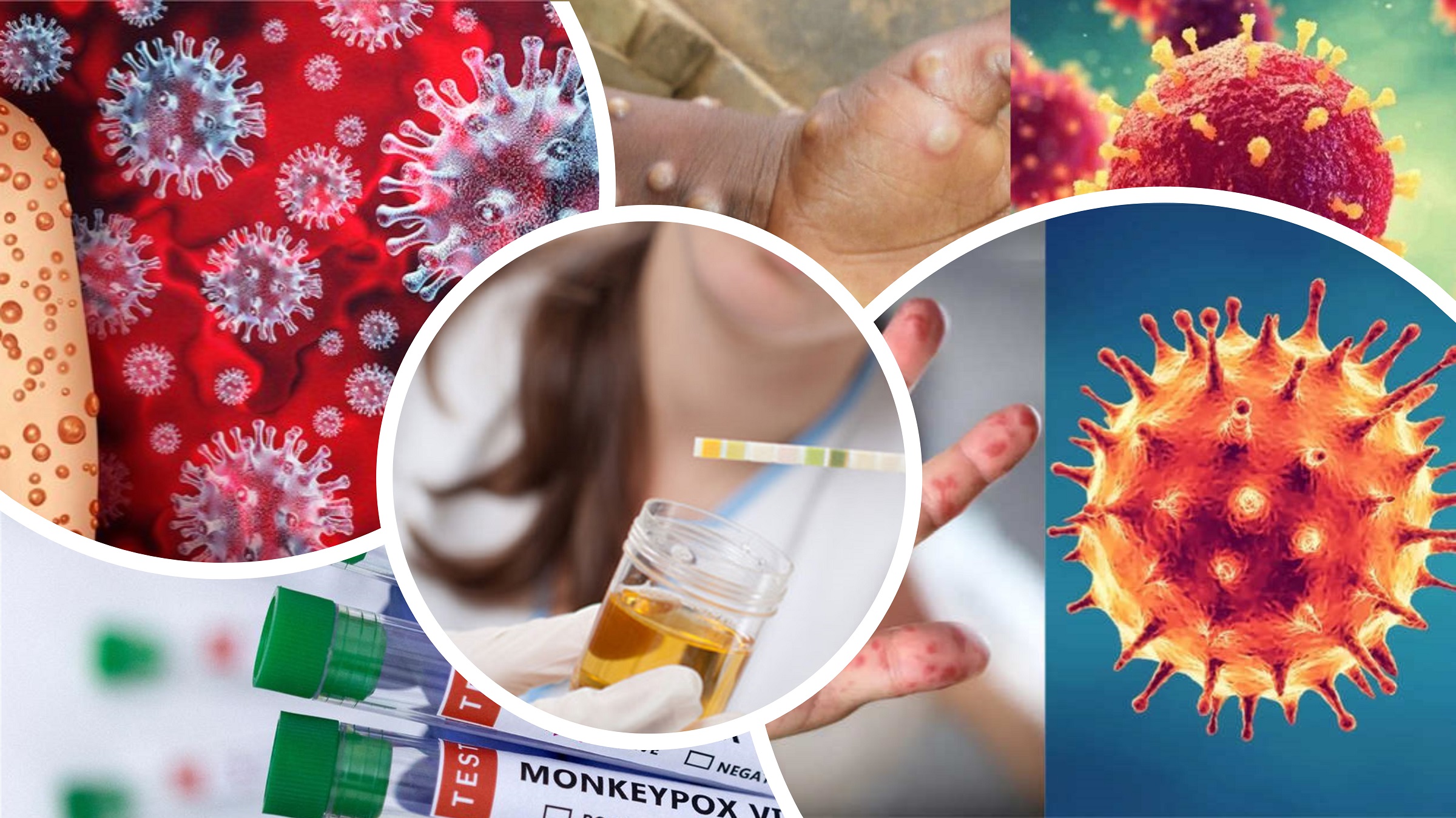Table of Contents
What is the Monkeypox virus (MPXV)?
The monkeypox virus is a zoonotic orthopoxviral that causes a disease known as monkeypox in humans. The virus was first isolated in 1958 in a laboratory in Copenhagen, Denmark, the monkeys were imported from West Africa to the United States. In humans, the first documented case was in 1970. Since then, outbreaks have been recorded in Africa, Asia, Europe, and North America. In humans, monkeypox causes a mild illness, lasting about 2 weeks. However, in monkeys, it can cause death.
How does MPXV spread?
Transmission occurs primarily via direct contact with infected animals or their bodily fluids. Humans are not considered a natural host for MPXV; however, they can become infected if exposed to the virus through close contact with infected animals or contaminated environments.
The primary way that MPXV spreads is via direct contact with infected animals. If an individual comes into contact with an animal exposed to the virus, it may become infected. Another way that monkeypox spreads to humans is through close contact with respiratory droplets produced by someone who is sick with the disease. These droplets can land on objects and then touch the skin of people who are not immune to the virus.
How do humans get MPXV?
Humans can get MPXV if they have direct contact with an infected animal or if they breathe in aerosols containing infectious particles. People can also get monkeypox if they handle items contaminated with the virus and then touch their eyes, nose, mouth, or open wounds.
How serious is MPXV?
Although MPXV is generally mild, it can cause severe complications in some cases. In rare instances, people who contract monkeypox develop a condition known as hemorrhagic fever. Hemorrhagic fever is characterized by high fevers, bleeding under the skin, internal organ failure, and death.
What are the symptoms of monkeypox?
The symptoms of MPXV vary depending on how severe the illness is. A person who gets MPXV may have
- Fever
- Headache
- Muscle aches
- Sore throat
- Cough
- Runny nose
- Loss of appetite
- Myalgia
- Skin rash
- Malaise
- Swollen lymph nodes
- Fatigue, and
- People who get sick with monkeypox may develop blisters on them
These symptoms may last for several weeks and then resolve without treatment. However, complications can occur including pneumonia, encephalitis, and death.
Best 5 ways to prevent Monkeypox
There is no cure and no specific antiviral therapy for monkeypox. Supportive care includes fluid replacement, pain control, and prevention of complications. There is currently no vaccine available for use in humans. Treatment focuses on relieving symptoms and preventing further transmission. Some medications can help reduce fever and relieve pain. Antiviral drugs can also be given to patients to prevent them from worsening. Treatment for monkeypox includes rest, fluids, and over-the-counter medications. Antibiotics should not be given unless directed by a doctor. There is currently no vaccine for monkeypox. However, a study says that people vaccinated against smallpox are less likely to get MPXV. See the below 5 ways prevention from MPXV is:
- Wash your hands often with soap and water. If you don’t have access to running water, use alcohol-based hand sanitizers. Avoid touching your eyes, nose, mouth, or any cuts/scrapes until they heal.
- Cover your mouth and nose with a tissue when sneezing or coughing. Throw away the tissue immediately after using it.
- Stay home if you’re sick. You’ll infect others if you go out to work or school.
- Get vaccinated. Vaccines protect people from many serious illnesses. There’s no way to get the monkeypox vaccine.
- Don’t share personal items like razors, toothbrushes, combs, etc. with anyone who hasn’t been vaccinated.
Also read:
1. Best 5 applications of Python
2. Best 10 websites to get better job opportunities


3 thoughts on “What is the Monkeypox? Best 5 ways to prevent from MPXV.”